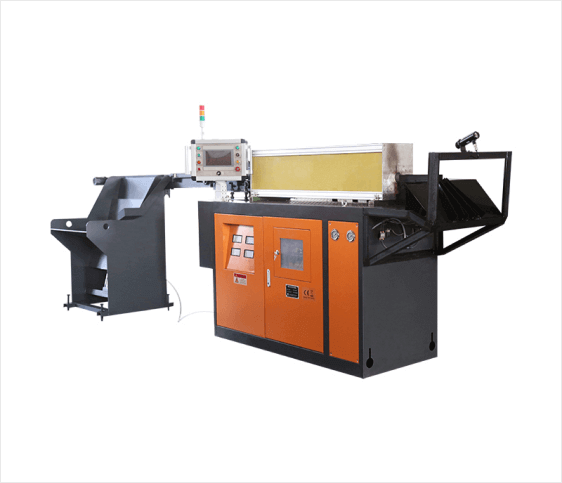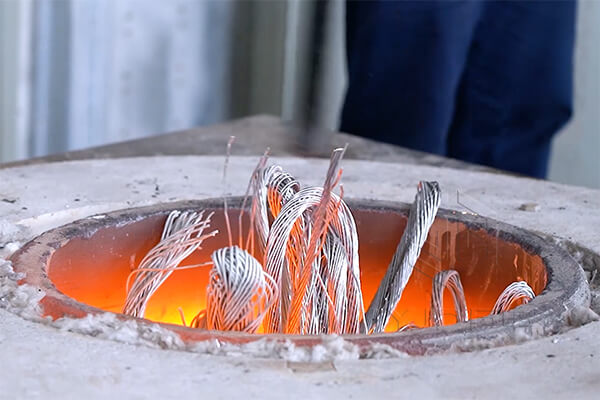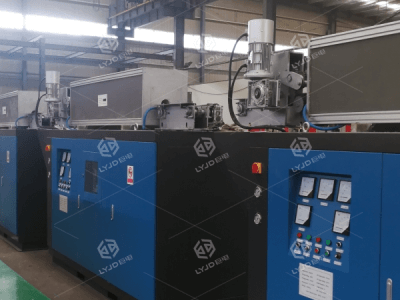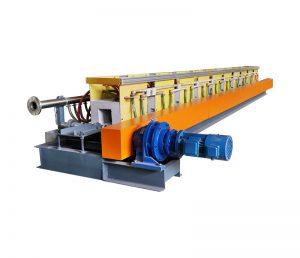Induction furnace feeding is the basis for ensuring the smooth progress of the metal smelting process. If the feeding method of the induction furnace is unreasonable, it will increase the burning consumption of the metal, which will eventually lead to excessive power consumption and increase the input cost.
Therefore, it is very important to know some knowledge about the feeding of induction furnaces. The editor of Judian will share with you some precautions about feeding.
Different metals have different characteristics. For metals with low density and low melting points, such as aluminum, we should pack them into blocks. While, metals with high density and high melting points, such as iron, steel, etc., must be broken into smaller pieces.
The size of the furnace body and the level of frequency determines the size of the smelting material. Low-frequency, large-capacity furnaces can use large pieces of charge. Higher frequency, smaller capacity furnaces require the use of smaller chunks.
When feeding, try to ensure that the upper part is loose and the lower part is compact. When the upper metal bulk density is small, it is helpful for the downward smelting material, which can speed up the smelting speed of the metal and ensure stable heating efficiency.
When the induction furnace is working, the bottom and the upper part are the low-temperature areas of the furnace, and materials that are easy to melt should be installed, and the middle part is the temperature concentration area and materials with high melting points and high density should be installed. Sometimes cracks appear in the furnace lining because the feeding sequence is wrong, so special attention is required.
This is some knowledge of induction furnace feeding we have compiled for you about induction furnaces. It should be noted that slag should be loaded at the bottom of the furnace before feeding, which can reduce air pollution.
Welcome to Luoyang Judian. Let us solve more doubts about the induction furnace feeding methods for you.


























